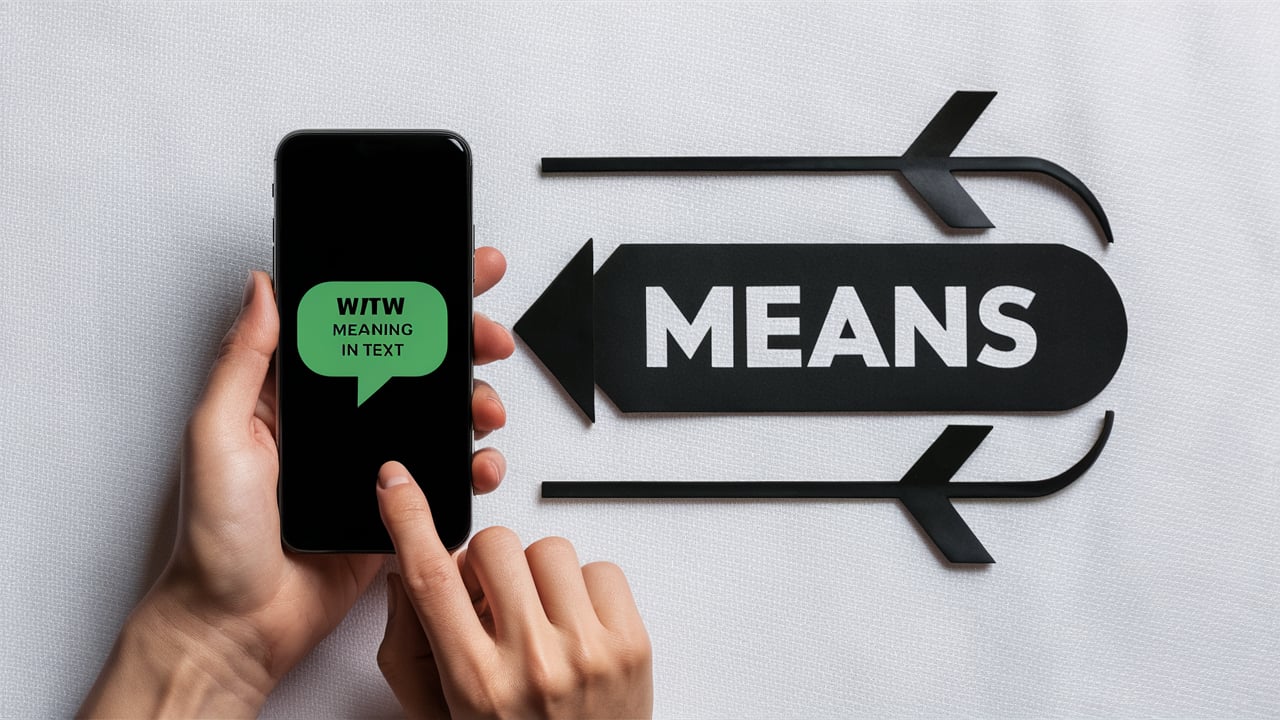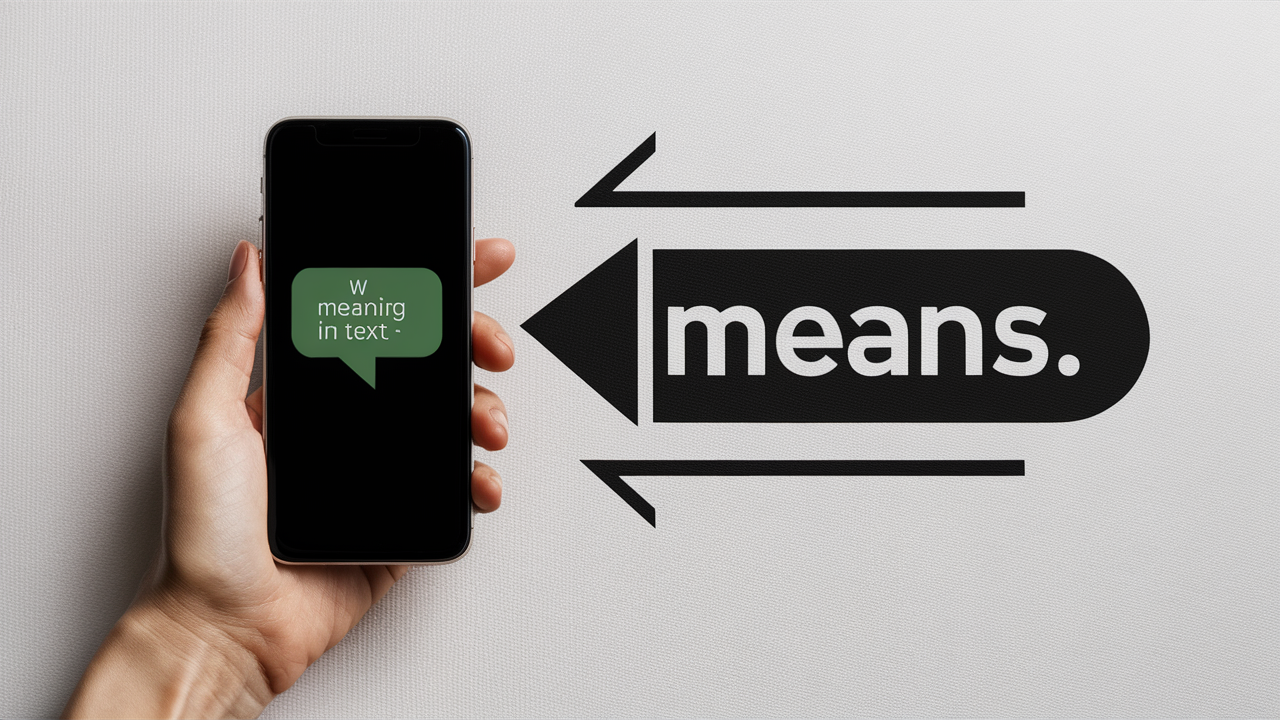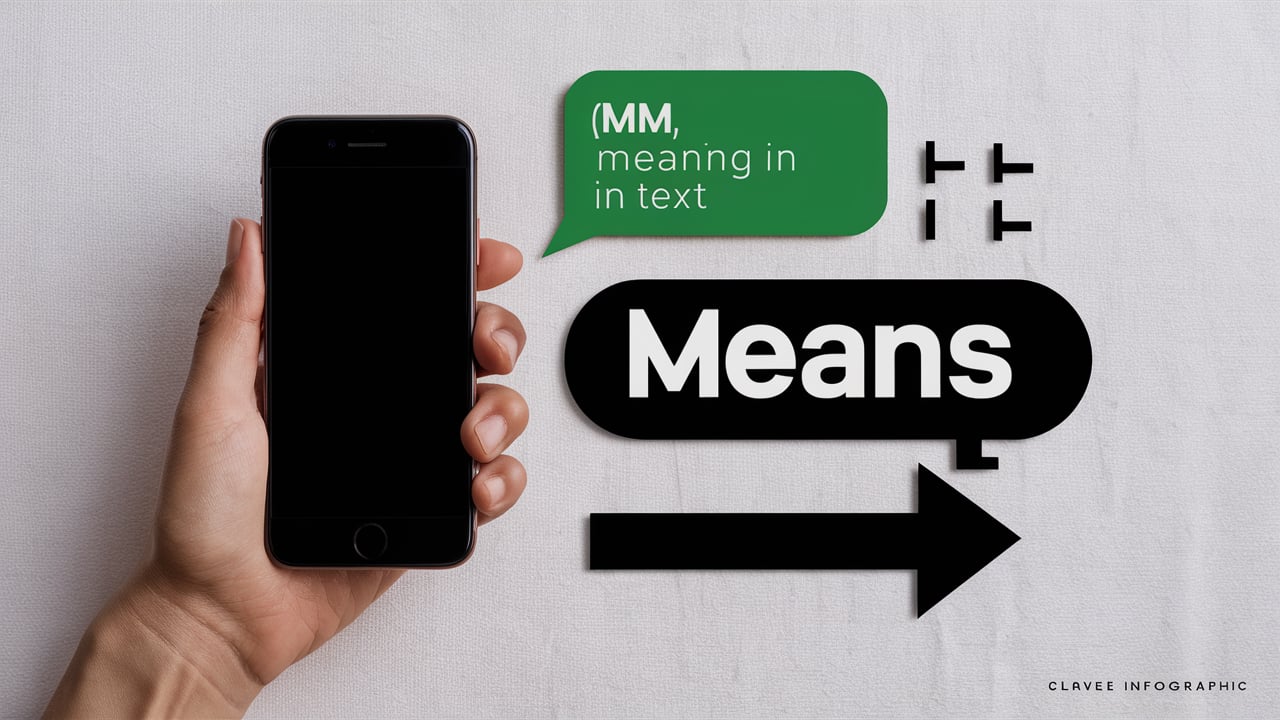In digital communication, especially texting and chatting, short forms and abbreviations have become a global language of their own. A full form simply refers to the complete version or expanded meaning of a shortened expression.
For example, when someone texts “BRB”, its full form is “Be Right Back”. Similarly, when people write “WTW”, the question arises: What’s the full form? What’s the meaning?
In 2025, abbreviations like WTW have become more than just shortcuts; they shape online culture, speed up conversations, and reflect generational trends. But unlike many acronyms that have one fixed meaning, WTW is dynamic—it shifts depending on context, culture, and even language.
This article provides a comprehensive breakdown of WTW’s meaning in text slang, its full forms across 10 languages, and its role in modern communication. You’ll find detailed explanations, cultural contexts, and chat-style examples that make the usage clear.
WTW in English: The Core Meaning
In English text slang, WTW is most commonly used as an abbreviation for:
- “What’s the Word?” → meaning What’s going on? or What’s happening?
- “What the What” → an expression of surprise or confusion.
Usage in Chat:
A: “Yo, wtw tonight?”
B: “Not much, just chilling. You?”
Here, WTW = What’s the Word?, a casual greeting similar to “What’s up?”
Cultural Origin
- The phrase “What’s the word?” has roots in African-American Vernacular English (AAVE) and became widely popular through hip-hop culture in the 1990s.
- By the 2010s, WTW spread on Twitter, Snapchat, and Instagram DMs as a quick way to start a conversation.
- In 2025, it remains popular among Gen Z and Gen Alpha, especially in short messaging apps like WhatsApp, TikTok DMs, and Discord.
WTW Across 10 Languages
Below we explore how WTW is interpreted, translated, and used in different languages, with examples for each.
1. English – “What’s the Word?”
- Full Form: What’s the Word?
- Meaning: What’s going on / What’s happening
- Chat Example:
A: “WTW later?”
B: “Might hit the gym, then hang out.”
Background: Dominant meaning in English, rooted in urban slang.
2. Hindi – “क्या चल रहा है?” (Kya Chal Raha Hai?)
- Full Form (translation): “What’s going on?”
- Meaning: Equivalent to asking “WTW” in casual Hindi chats.
- Chat Example:
A: “WTW yaar?”
B: “Bas, Netflix dekh raha hoon.” (Just watching Netflix.)
Cultural Note:
- In India, youth often mix English and Hindi (Hinglish).
- WTW is typed in English letters, but the reply often comes in Hindi.
3. Italian – “Che si dice?”
- Full Form (translation): “What’s being said?” / “What’s up?”
- Meaning: Used the same way as English WTW.
- Chat Example:
A: “WTW stasera?” (WTW tonight?)
B: “Nulla di che, ci vediamo più tardi.” (Nothing much, see you later.)
Origin Insight:
- Italians use “Che si dice?” as a cultural equivalent of “What’s the word?”.
4. Spanish – “¿Qué onda?” / “¿Qué pasa?”
- Full Form (translation): “What’s up?” or “What’s happening?”
- Meaning: Friendly way to ask about someone’s situation.
- Chat Example:
A: “WTW mañana?” (WTW tomorrow?)
B: “Nada, ¿quieres salir?” (Nothing, wanna hang out?)
Cultural Nuance:
- Latin American slang often replaces WTW with “Qué onda”.
5. French – “Quoi de neuf ?”
- Full Form (translation): “What’s new?”
- Meaning: Greeting to ask what’s happening.
- Chat Example:
A: “WTW ce soir?” (WTW tonight?)
B: “Pas grand-chose, et toi ?” (Not much, you?)
Origin:
- Widely used in French texting culture, similar to “sup”.
6. Arabic – “شو الأخبار؟” (Sho El Akhbar?)
- Full Form (translation): “What’s the news?”
- Meaning: Greeting equivalent to WTW.
- Chat Example:
A: “WTW ya bro?”
B: “Elhamdulillah, kulshi tamam.” (Thanks to God, everything’s fine.)
Cultural Note:
- Arab youth often blend English acronyms like WTW with Arabic conversation.
7. Chinese (Mandarin) – “最近怎么样?” (Zuìjìn zěnme yàng?)
- Full Form (translation): “How have you been recently?”
- Meaning: Equivalent to “What’s happening?”
- Chat Example:
A: “WTW?”
B: “还行,你呢?” (Not bad, you?)
Nuance:
- Chinese texting culture uses pinyin acronyms but global slang like WTW is also trendy among urban youth.
8. German – “Was geht ab?”
- Full Form (translation): “What’s going on?”
- Meaning: Direct parallel to English WTW.
- Chat Example:
A: “WTW heute?”
B: “Nicht viel, chillen nur.” (Not much, just chilling.)
Background:
- German slang embraces short, direct phrases like this in youth texting.
9. Japanese – “最近どう?” (Saikin Dō?)
- Full Form (translation): “How’s it going lately?”
- Meaning: Equivalent to “What’s up?”
- Chat Example:
A: “WTW?”
B: “まあまあだよ.” (So-so.)
Note:
- Japanese net slang often uses romaji + emojis, but English acronyms like WTW are common in bilingual chats.
10. Russian – “Что нового?” (Chto Novogo?)
- Full Form (translation): “What’s new?”
- Meaning: Direct equivalent to WTW.
- Chat Example:
A: “WTW brat?”
B: “Ничего особенного.” (Nothing special.)
Cultural Background:
- Russian youth adopt Western acronyms but often mix them with Cyrillic replies.
Cross-Language Comparison of WTW
| Language | Equivalent Phrase | Meaning in English | Cultural Nuance |
|---|---|---|---|
| English | What’s the Word? | What’s happening | Hip-hop slang, casual greeting |
| Hindi | Kya Chal Raha Hai? | What’s going on | Used in Hinglish texting |
| Italian | Che si dice? | What’s being said | Social catchphrase |
| Spanish | Qué onda / Qué pasa | What’s up | Youth slang, casual tone |
| French | Quoi de neuf? | What’s new | Friendly inquiry |
| Arabic | Sho el Akhbar? | What’s the news? | Greeting with warmth |
| Chinese | Zuìjìn zěnme yàng? | How have you been? | Polite but casual |
| German | Was geht ab? | What’s going on? | Direct, informal |
| Japanese | Saikin Dō? | How’s it going? | Polite, flexible |
| Russian | Chto Novogo? | What’s new? | Blended with Western slang |
WTW in 2025: Modern Usage
- AI Chat Apps: Gen Alpha now use WTW with AI chatbots as casually as they use it with friends.
- Workplace Casual Messaging: Startups often use WTW in Slack/Teams as shorthand for updates.
- Social Media Trends: On TikTok and X (formerly Twitter), hashtags like #WTWChallenge appear in memes.
- Cross-Cultural Growth: In 2025, Google Translate recognizes WTW as slang, offering translations in multiple languages.
Why Full Forms Matter in Communication
- Clarity – Full forms help decode ambiguous slang.
- Inclusivity – Multilingual people understand conversations better.
- Cultural Identity – Slang shows community belonging.
- Adaptability – Helps older generations understand Gen Z/Alpha.
- SEO & Knowledge – Understanding full forms makes digital culture more accessible worldwide.
Conclusion
The slang WTW may look simple, but its meanings span languages, cultures, and generations. In English, it stands for “What’s the Word?”—a friendly way to ask what’s happening. Yet across Hindi, Spanish, French, Arabic, Chinese, German, Japanese, and Russian, the spirit of WTW adapts to local phrases, showing how language is alive and evolving.
In 2025, WTW is more than slang—it’s a symbol of global digital culture. Whether you’re chatting with friends in New York, Mumbai, Berlin, or Tokyo, knowing the full form and meaning of WTW helps you stay connected, relevant, and understood.
So next time you see “WTW” pop up on your screen, you’ll know it’s more than just three letters—it’s a universal conversation starter 🌍💬.



